It’s the time of year when, across the United States, colleges, universities and many schools provide a week off. For the college students, spring break has often become associated with partying and excess. As with many forms of forced hilarity, this kind of spring break often fails to live up to expectations.
But you can have your day on the beach and nature, too. Or your late nights can involve spotting kangaroo rats and your wild dances will include sage grouse. There is no shortage of options to combine spring break with cool creatures and remote places.
Here’s your guide to going where the wild things are. I’ve included “traditional” sun-and-fun destinations that also have great natural history options as well as some options focused more on hard-core wildlife viewing.
Have fun, and please leave your own suggestions in the comments.
Top 10 List
-
Cozumel
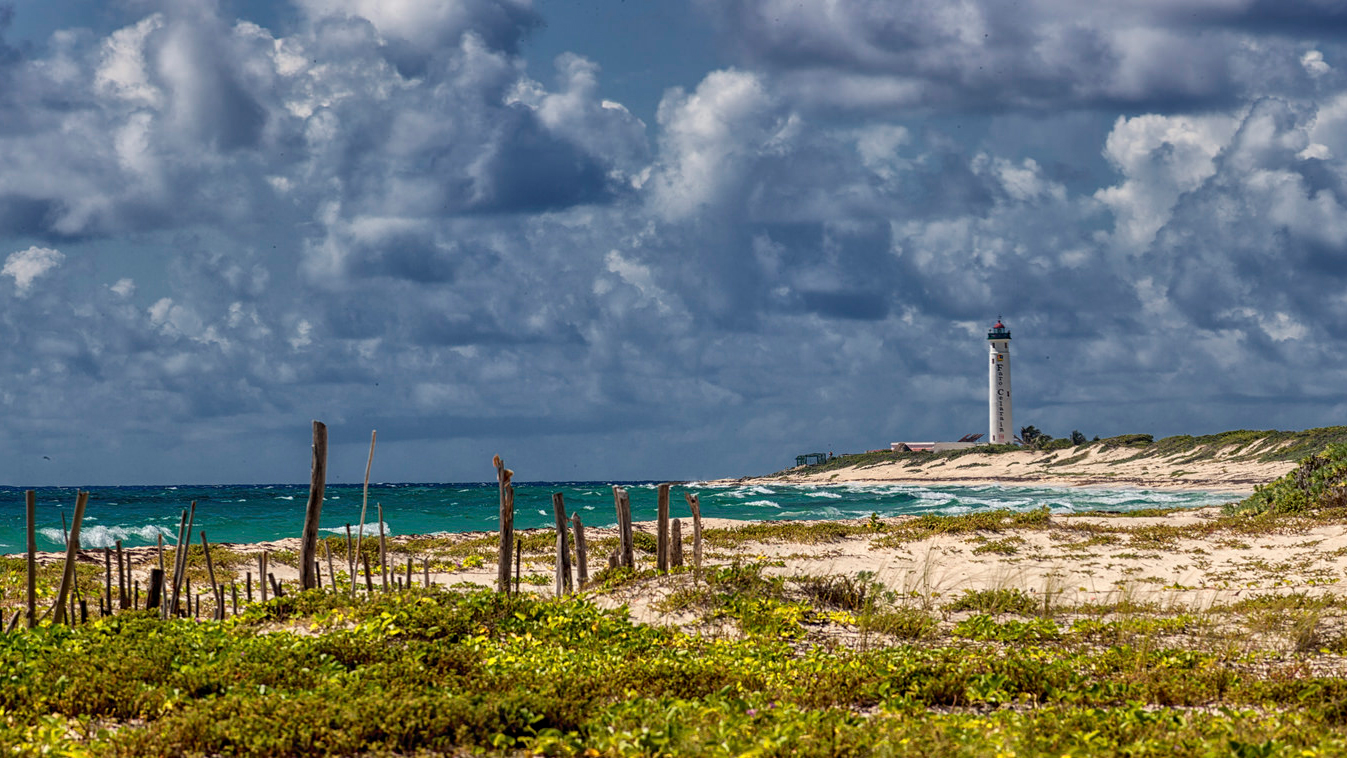
Punta Sur. Photo © Serge Saint/Flickr through a CC BY 2.0 license This well-known resort island off the Caribbean coast of Mexico is the perfect place to combine a tropical vacation with nature-based activities. Underwater wildlife attracts the most attention, and the island is a great snorkeling and diving destination. Palancar Reef offers some of the best snorkeling I’ve found, with beautiful coral, abundant and colorful fish, sea turtles and more.
But the terrestrial island ecosystem is equally fascinating, with a number of endemic species and subspecies. Birding is excellent, and tours are offered to see the endemic Cozumel vireo and Cozumel emerald (a hummingbird), as well as a long list of other interesting avian possibilities. The dwarf coati subspecies roamed through our resort, and even visited the deck of our room. On the southern tip of the island, the Punta Sur Eco-Park offers snorkeling and good chances to see crocodiles and pygmy raccoons.
-
Florida Keys and Everglades
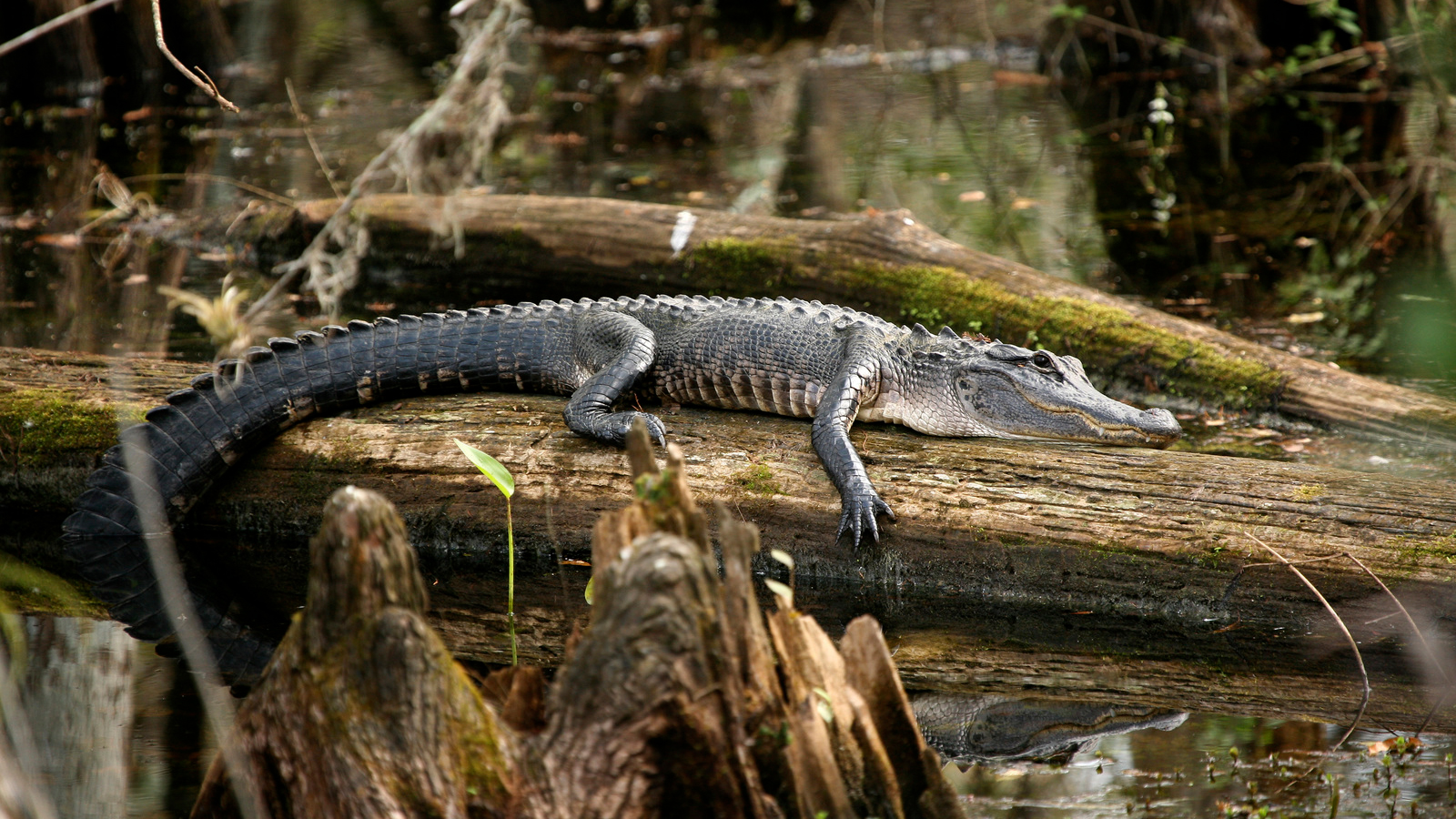
Alligator at Big Cypress National Preserve. Photo © Eric Blackmore Florida remains a favorite spring break destination for college students. I recall my own senior-year Florida experience as being over-crowded, over-packaged and overly obnoxious. I wish I had this advice: head south to the Everglades and the Keys. You can still go to Key West if you want a party, but you can also experience the phenomenal natural wonders along the way.
I love the diversity of the Everglades. You’ll see plenty of alligators, up close and personal (I recommend renting a bike at Shark Valley). There is more fishing here than you could do in a lifetime, including both fresh and saltwater, and native and exotic species. That has occupied my attention on several recent trips, but I have taken side trips to see manatees, Key deer and sawfish.
Trust me on this: catching snook in the Everglades backcountry and spotting manatees is infinitely more fun than standing in line for over-priced drinks at Daytona Beach.
-
Southeast Arizona
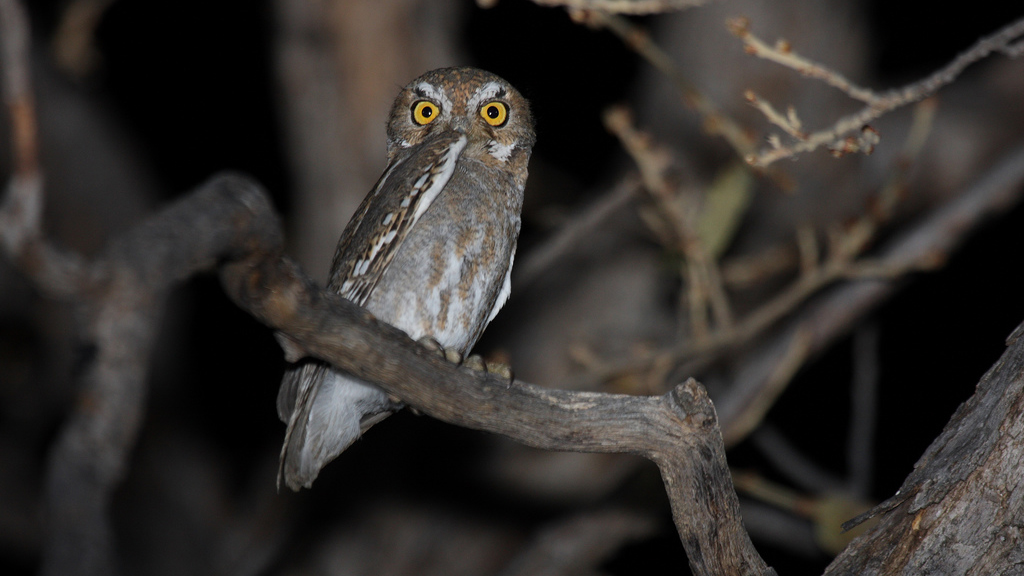
Elf owl in Madera Canyon. Photo © Dominic Sherony/Flickr through a CC BY-SA 2.0 license You’ll run into other spring breakers at Madera Canyon, but they’ll all be carrying binoculars. Night life? That will entail shining a flashlight around your room to search for the ringtail, one of the coolest (and cutest) North American mammals.
Whether you love birds, mammals, reptiles or plants, Southeast Arizona is a nature lover’s dream destination. Birding gets much of the attention, and it’s one of the few places in the United States with lodges and cabins specifically geared towards birders. Madera Canyon, Cave Creek and Patagonia are just some of the birding options. You can spot rarities like elegant trogons, seek out 15 or so species of hummingbirds, go owl spotting and more.
There are options beyond birds. The list of cool mammals is, to me, even more interesting: antelope jackrabbit, coati, Mexican fox squirrel, javelina and more. You can do a hike among the spectacular saguaro cacti or look for snakes crossing the road. This is a popular site for naturalists so there are many resources to help you plan your trip: visit birding web sites and the Mammal Watching blog for help. You can even book organized birding tours with expert guides.
-
Rio Grande Valley Texas
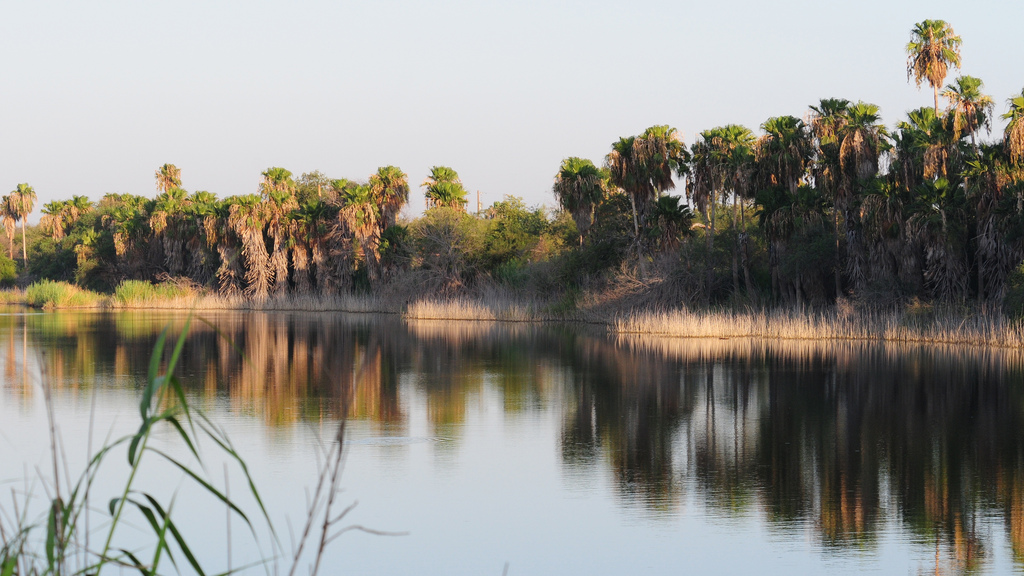
Bentsen-Rio Grande Valley State Park, Texas. Photo © Vince Smith/Flickr through a CC BY 2.0 license Here’s another area with warm weather, interesting natural areas and a long list of avian species to spot. Sitting right along the Mexican border, you can see a lot of species you can’t see elsewhere in the United States.
A series of national wildlife refuges and state parks provide excellent access. Many have feeders to stake out. A lot of this area will be heavily impacted by the Border Wall, so unfortunately it is one of those destinations you should see now before it’s too late.
I also highly recommend a visit to the National Butterfly Center, a beautiful private reserve that is also in the line of the Border Wall. On a morning visit there, I not only saw lots of butterflies but also Mexican jays, hooded orioles, Hispid cotton rats and even an indigo snake. It’s a real gem.
-
Belize
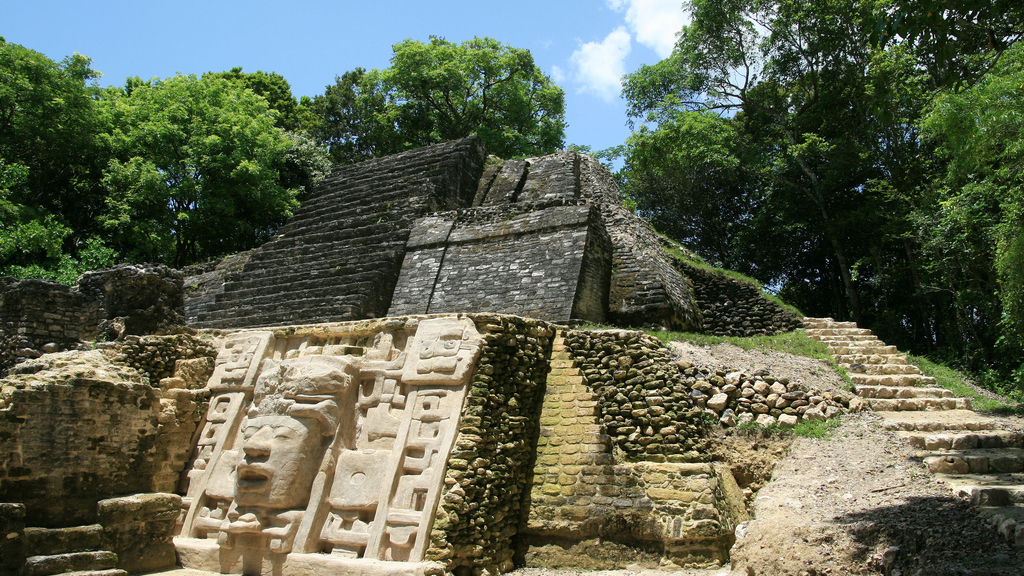
The Mask Temple in Belize. Photo © Bernt Rostad/Flickr through a CC BY 2.0 license In a week here, you can easily combine reef, rainforest and ruins. The snorkeling and diving are justifiably famous, and easily accessed from the cayes. You can swim with sharks and rays, spot manatees or catch a bonefish.
It would be a mistake to miss the forest, though. Excellent nature reserves will bring you close to busy leaf-cutter ants and loud howler monkeys. The Mayan ruins are spectacular, and archaeologists uncover more about this history every year. Most lodges can arrange a day trip to the Tikal ruins in Guatemala. The stunning structures deserve your full attention, but look around the forest and you’ll find the bizarre ocellated turkey and spider monkeys swinging through the trees.
-
Redwoods
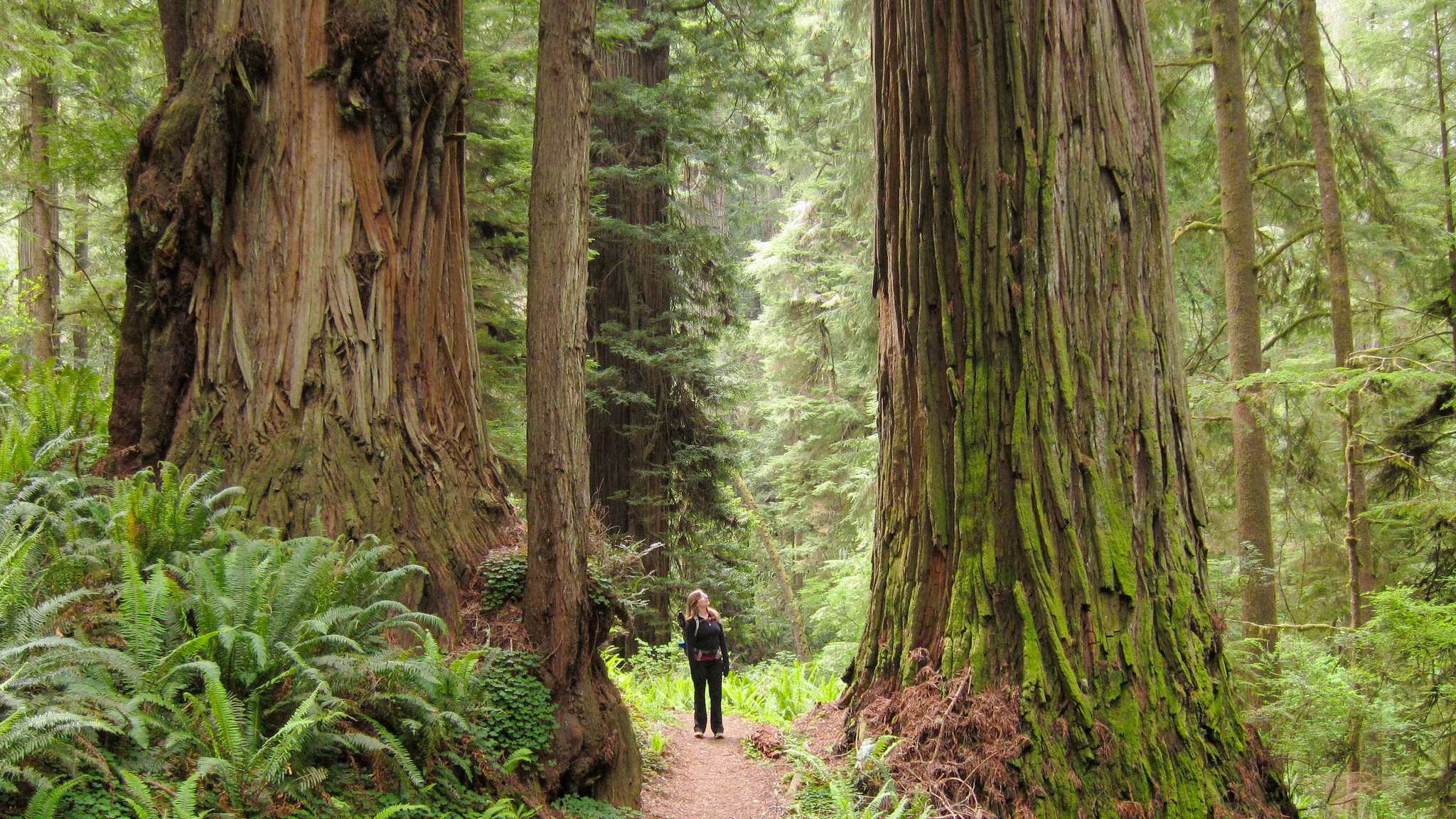
Hiker and redwoods (Sequoia sempervirens) on Jedediah Smith Redwoods State Park Boy Scout Tree Trail. Photo © Miguel Vieira/Flickr through a CC BY 2.0 license If you’re looking for sun and swimming, this is not the choice for you. In fact, the weather may well be downright foul. But walking amidst the great trees in mist and fog adds to their mystique. Bring suitable rain gear and take in this awesome ecosystem.
You come here for those majestic trees, of course. The Boy Scout Trail in Jedediah Smith State Park has to be one of the most breathtaking hikes on the continent. If the weather gets to you, drive along the Avenue of the Giants in Humboldt State Park. For other ideas, check out the excellent Redwood Hikes site.
You are also likely to see wildlife like the bright-yellow banana slugs along the trails and Roosevelt elk in the meadows. Hike along the coast for tide pools and marine mammals. And when you’re feeling soggy, head in for a nice seafood dinner and Northern California microbrew.
-
Mojave Desert, California and Nevada
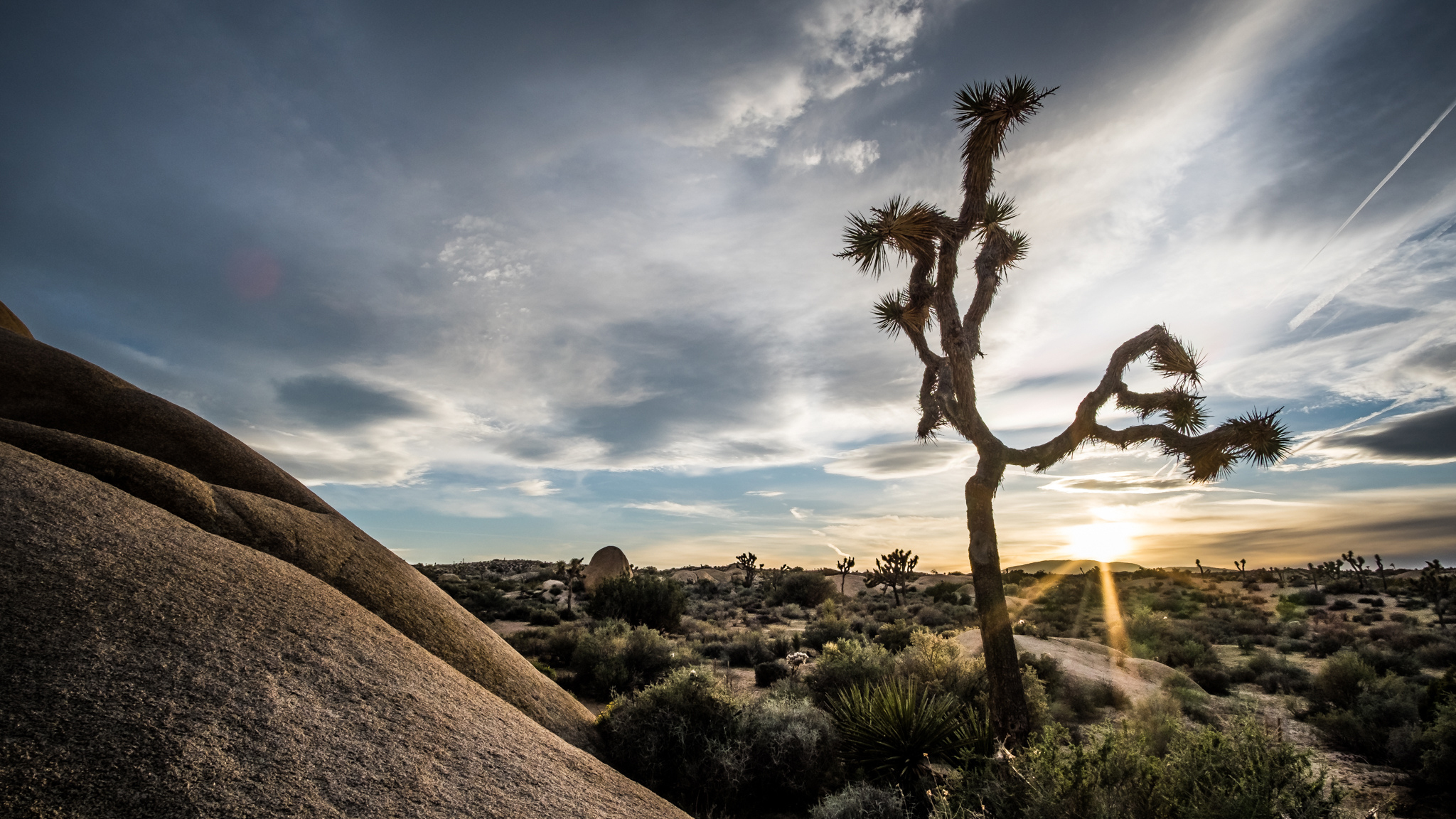
Joshua Tree National Park – California. Photo © Giuseppe Milo/Flickr through a CC BY 2.0 license It has become popular, especially among European tourists, to visit Death Valley National Park in August. Apparently, there is a thrill in experiencing extreme heat. Save yourself the dehydration, and visit Death Valley and Joshua Tree national parks now. You can hike the trails and search for critters without baking.
In years with ample precipitation, the wildflowers blanket the desert. At these times, it can be tough to find a room or camp site, but worth the effort. No wildflowers? I loved hiking around the Joshua trees, searching for birds, lizards and small mammals. At night, slowly cruise the roads and you’ll see kangaroo rats and snakes.
Be sure to include a visit to Ash Meadows National Wildlife Refuge in your planning. This refuge, originally protected in part by The Nature Conservancy, has crystal-clear springs home to species found nowhere else on earth. Boardwalks will allow you to view the pupfish, the most famous of the endemic species.
-
Lek Tours, Western United States
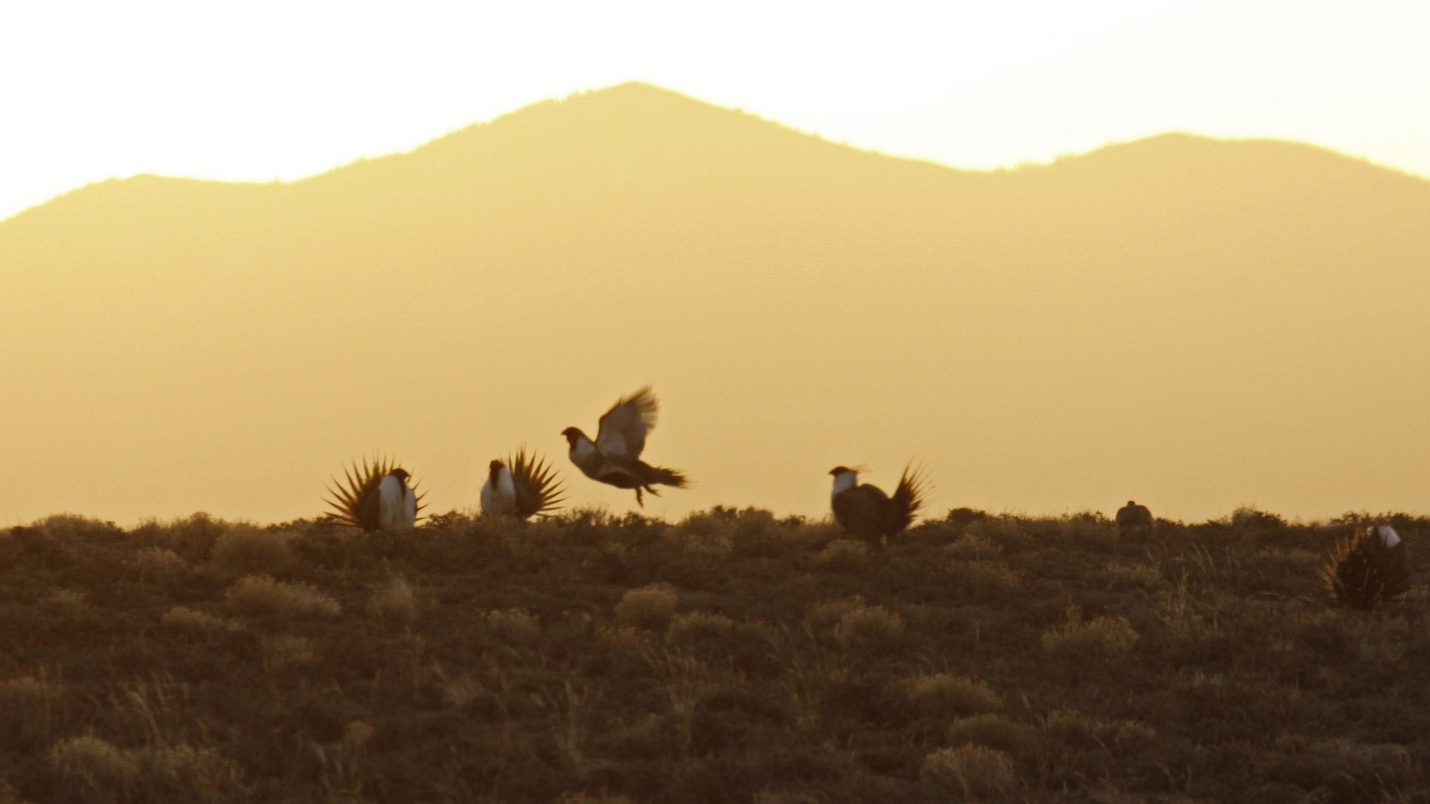
Sage grouse on the lek. Photo © Dubois Grouse Days in Idaho offer educational talks and other activities in addition to grouse viewing. Some birding travel companies have begun to offer lek tours, covering multiple species (usually based in Colorado). These are not always the easiest birds to see, so a tour could be a great way to tick these elusive species off your life list – and observe their entertaining behavior. If you want to see some dancing but aren’t a fan of night clubs, head to a grouse lek. Each spring, males of prairie grouse species strut their stuff on established areas called leks. Preserves, public lands and even private ranches have established viewing blinds so you can view the show up close.
Five species – greater sage-grouse, Gunnison sage-grouse, lesser prairie chickern, greater prairie chicken and sharp-tailed grouse – strut in open areas. You can also see blue grouse displaying in trees. It’s possible to undertake an ambitious itinerary to see them all, or you can do a shorter trip focusing on one or two species.
Festivals like Dubois Grouse Days in Idaho offer educational talks and other activities in addition to grouse viewing. Some birding travel companies have begun to offer lek tours, covering multiple species (usually based in Colorado). These are not always the easiest birds to see, so a tour could be a great way to tick these elusive species off your life list – and observe their entertaining behavior.
-
Platte River, Nebraska
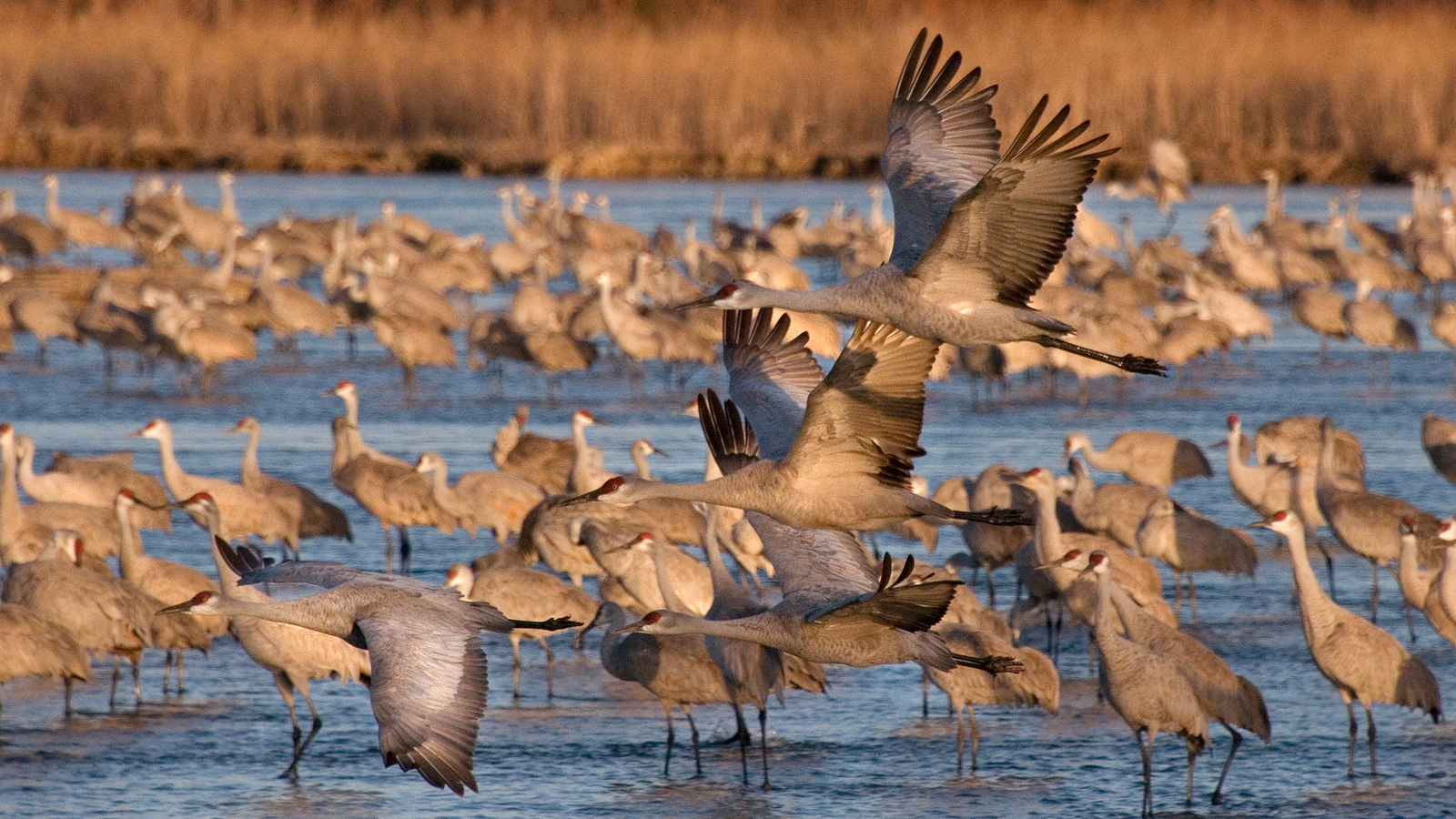
More than 500,000 sandhill cranes gather along Nebraska’s Platte River each spring. Photo: © Chris Helzer/The Nature Conservancy I’m not going to tell you that Kearney, Nebraska is similar to Key West. But where else are you going to see 500,000 cranes gathered along the river? In March and April, the massive congregation of migrating cranes can be viewed from blinds along the Platte River. You also have a chance at spotting a whooping crane in the mix, and numerous other waterfowl species add to the fun.
If you’re obsessed with cranes, the Rowe Sanctuary offers an overnight blind situated right along the river. You are dropped off in the evening, and can’t leave until the cranes depart the next morning. It is cramped and frigid, and your bathroom is a bucket in the corner. You will, during the night, contemplate that somewhere other spring breakers are enjoying tropical drinks in hammocks. Your spouse will comment on your strange ideas of fun. But then the sun rises, and you’re surrounded by cranes.
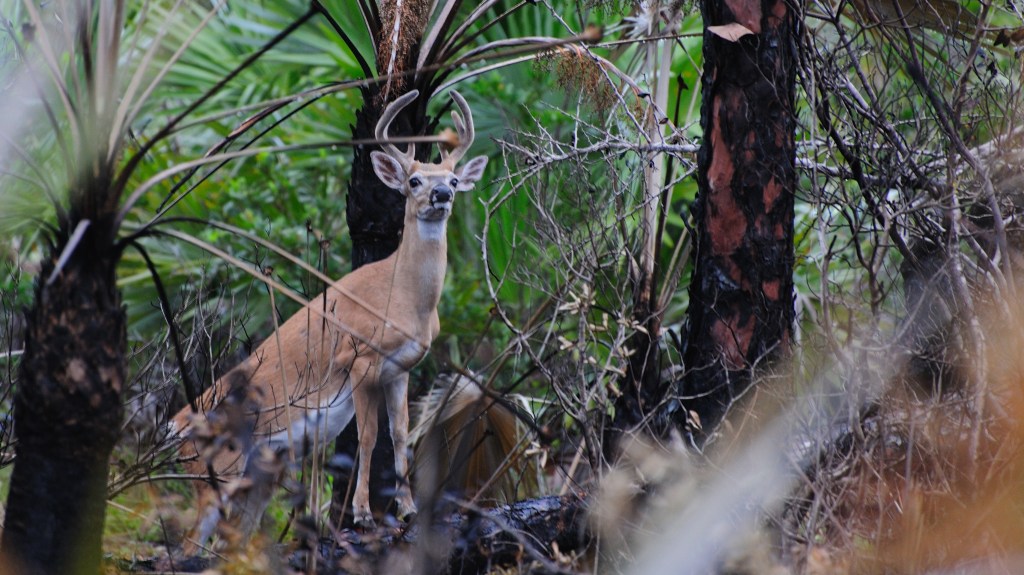



Wow.
Those are great locations. The picture of Cozumel is amazing. There is so much Natural potential in that picture. That picture is really Wild Nature at its best and I am a Forest man! I could sit there all day and just watch the Environment go by. It would be easy to get and be Spiritual there in God’s creation like that.
I have always heard about the Natural Wild in Arizona. I have always wanted to go and check it out. I have heard about things in the Deserts of Arizona and in the mountains of Arizona that I want to see and experience. Not sure if all of that is in Southeast, Arizona or in other parts of Arizona?
The Redwoods are another one that has always caught my attention. The amazing majesty, not to mention a whole host of other earthly feelings that I do not get to experience at such intensified levels calls and beckons my presence over and over. I have been there once and I need to go back as well as to these and other destinations but, I guess you can say I am a workaholic and I do not get away too much.
Thank you though. I will keep this (your) email for the future. Crossing my fingers to win the Lottery.
“Amazing pictures”.
You for got one Jasper Pulaski Wildlife Area in Indiana is a great place to see Sandhill cranes and maybe a Whooping crane to